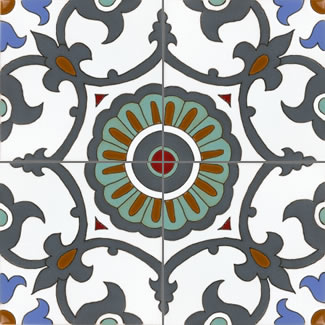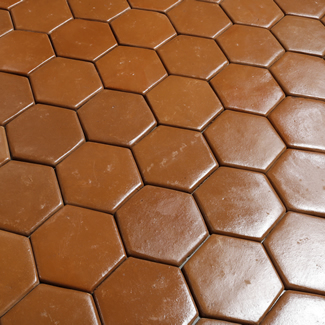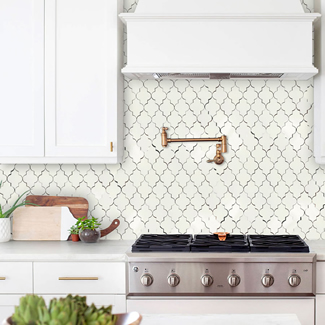 the place that launched my love for inland Baja California and ultimately lead me to Borrego Springs - is one of my favorite places in the whole world. The Ranch serves wonderful healthy food. No meat or chicken, but the Ranch has fish several times a week, plus eggs and low fat dairy.
the place that launched my love for inland Baja California and ultimately lead me to Borrego Springs - is one of my favorite places in the whole world. The Ranch serves wonderful healthy food. No meat or chicken, but the Ranch has fish several times a week, plus eggs and low fat dairy. A favorite treat at Rancho La Puerta is it's flavorful, crunchy granola... sprinkled throughout with toasted almonds and scented with orange zest, cinnamon, ginger and cardamom. Slightly (but not too) sweet. It is so good that Rancho la Puerta guests sneak it from the dining room by the pound before they leave for home.
Tasty with Greek yogurt and fresh berries.
________________________________________
This recipe is adapted from Rancho La Puerta's recipe.
4 cups old-fashioned rolled oats
1/4 cup whole-wheat flour
1/2 cup oat or wheat bran
1 cup corsely chopped or thick slices raw almonds
1/2 cup walnuts
1 Tbs ground cinnamon
3/4 tsp ground ginger
3/4 tsp ground cardamom
1/4 cup honey
1/2 cup unsweetened, unfiltered apple juice (or regular apple juice)
1 Tbs vanilla extract
4 Tbs canola or vegetable oil
2 Tbs fresh orange juice
1 Tbs grated orange zest (zest from two large oranges)
Preheat oven to 275 degrees. Lightly coat a baking sheet with vegetable oil spray.
In a large mixing bowl, combine rolled oats, almonds, walnuts, wheat flour, bran, cinnamon, ginger, and cardamom.
In another bowl, whisk together honey, apple juice, vanilla, and oil until the honey is thoroughly incorporated. Add the orange zest and orange juice.
Pour wet ingredients over dry ingredients and mix well. Spread the mixture evenly over the baking sheet and bake for 1 to 2 hours (depending on your own oven), checking every 15 minutes or so. When the granola begins to brown, stir and turn over gently with a spatula. Take care that the outside edges do not burn. Your home will be smelling wonderful at this point!
When golden and dry, scrape the granola onto another baking sheet and set aside to cool. Your granola will crisp as it cools, so don't over-bake. Store in an airtight container.
________________________________________
Rancho la Puerta's environment is not easily replicated. I must admit to all of you Rancho la Puerta fans that a stay in Borrego Springs - hiking the Anza-Borrego Desert State Park trails and enjoying the quiet, peaceful surroundings, will remind you of the Ranch. Warm, sunny days (perfect for tennis, swimming, or exploring the town's unique desert art) turn into cool nights perfect for a outdoor fire under star-filled skys.
 |
| ANZA-BORREGO DESERT STATE PARK |
 |
| ANZA-BORREGO BADLANDS |
 |
| MILKY WAY OVER ANZA-BORREGO ST PARK |
 |
| PALM CANYON |
Anza-Borrego Desert State Park, which Borrego Springs is carved out of the middle of, offers visitors activities such as biking, hiking, horseback riding, and trails for four-wheel-drive vehicles. The park has fantastic views of the desert, nature exhibits, and other interesting areas that can be accessed by short hikes. If you explore far enough, you’ll find fan palms, elephant trees, and lots of quiet.
A favorite Borrego Springs hike is the Palm Canyon Trail.
Prefer to camp rather than rent a place? There are a ton of campgrounds in the park too. Check out Borrego Palm Canyon, Culp Valley, Tamarisk Grove, Sheep Canyon, Yaqui Pass, Fish Creek, Mountain Palm Springs, Lark Canyon, and Blair Valley.












































